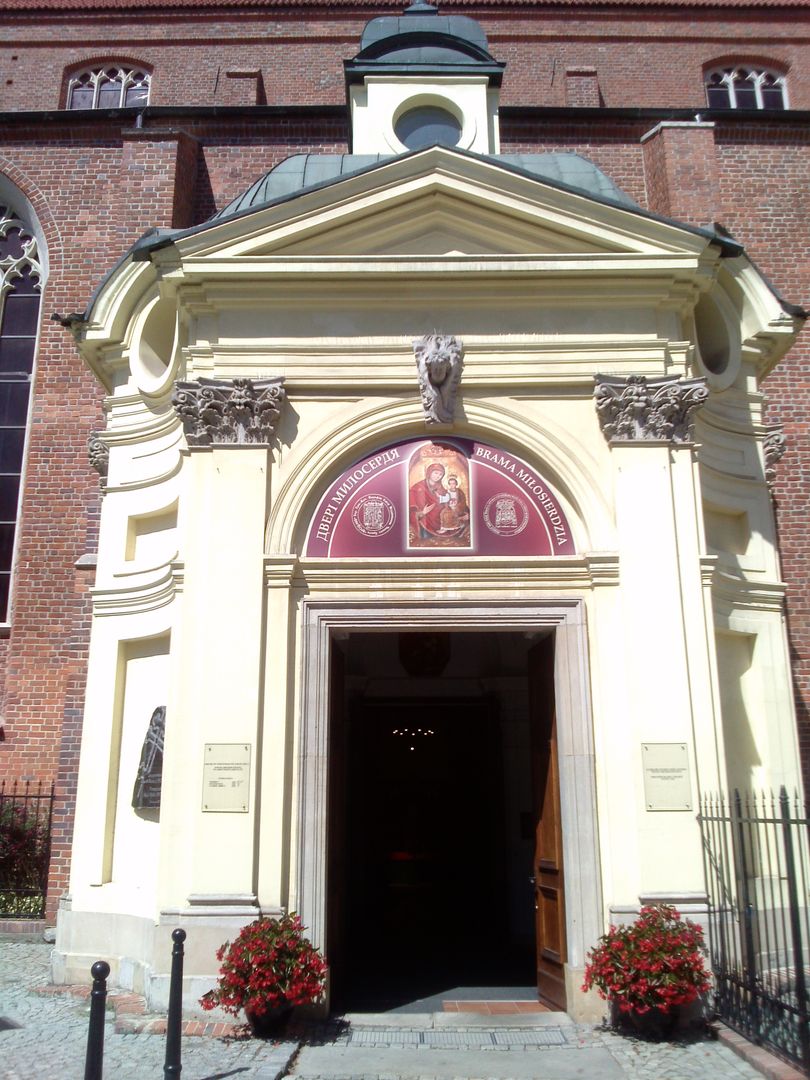St. Vincent and St. James Cathedral in Wrocław
6.1

Overview
St. James Church in Wrocław, founded by Henry the Pious around 1240, is a significant site both architecturally and historically. Initially built in the Romanesque style, it underwent a major reconstruction in the Gothic style during the 14th and 15th centuries, which included the construction of its current main nave, measuring 77.5 meters in length. From the beginning, the church played an important role in the city's life, and its crypt became the burial place of its founder, Duke Henry the Pious, who died in 1241. In 1530, the church was taken over by the Norbertines, which influenced its further architectural development, including the demolition of the Romanesque rood screen. In the 17th century, it acquired rich Baroque furnishings, and the construction of the Hochberg Chapel between 1723 and 1728 introduced Baroque elements, including frescoes and sculptures. The church suffered damage during World War II, and its reconstruction took over 40 years, concluding in 1991. In 1997, Pope John Paul II entrusted it to the Greek Catholic Church, highlighting its multi-denominational character. Between 2000 and 2013, the Hochberg Chapel was reconstructed, revealing valuable artworks such as the restored Pietà and the head of St. Anne, which gained historical significance after its rediscovery. St. James Church is an important landmark in Wrocław, alongside other cathedrals, including the Archcathedral of St. John the Baptist and the Lutheran Church of Divine Providence. The site's strength also lies in its rich cultural heritage, which combines elements of various religious traditions and architectural styles.
Location
Tickets
Powered by GetYourGuide
2025 Wizytor | All Rights Reserved